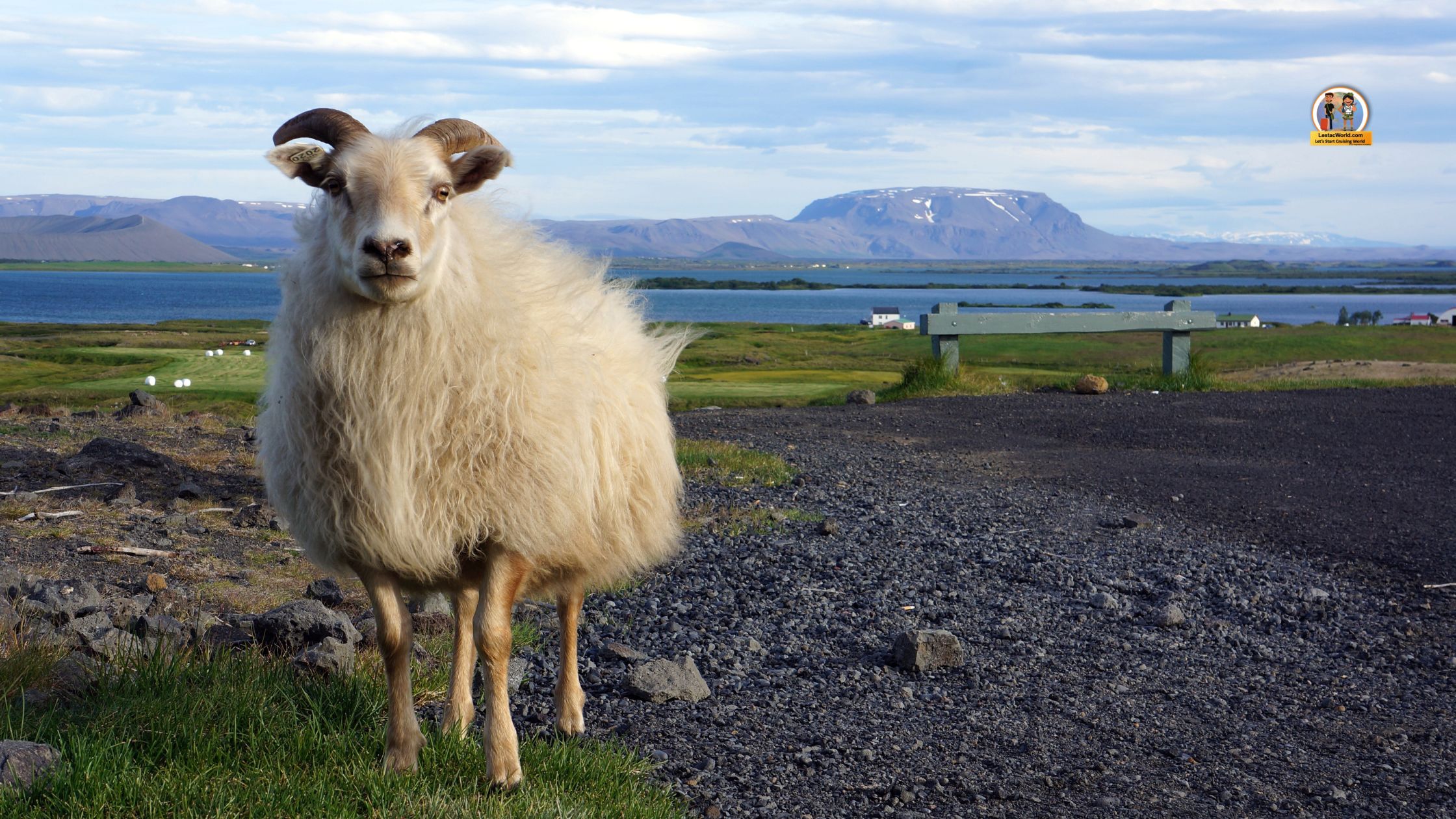Is August the right time to visit Iceland ?
Is August the right time to visit Iceland ? August is undeniably an excellent time to visit Iceland, offering a harmonious blend of favorable weather conditions, extended daylight hours, and a plethora of captivating attractions waiting to be explored. With mild temperatures ranging from 10°C to 15°C (50°F to 59°F) during the day and around 18 to 20 hours of daylight, August provides optimal conditions for outdoor adventures and sightseeing expeditions across Iceland’s diverse landscapes. Whether you’re marveling at majestic waterfalls along the South Coast, delving into the geological wonders of the Golden Circle, or embarking on scenic drives through the rugged highlands, August offers ample opportunities to immerse yourself in Iceland’s natural beauty.
Furthermore, August sees fewer crowds compared to the peak tourist month of July, allowing for a more relaxed and immersive travel experience. Cultural events and festivals, such as Reykjavík Culture Night and the Reykjavík Marathon, add vibrancy to the Icelandic summer, providing insight into the nation’s rich heritage and artistic scene.
The weather in Iceland during August?
In August, Iceland experiences mild and pleasant weather conditions, making it an ideal time for outdoor exploration. Here are some key characteristics of the weather in Iceland during August:
- Temperature:
- Daytime temperatures typically range from 10°C to 15°C (50°F to 59°F), providing comfortable conditions for outdoor activities.
- Nighttime temperatures may drop slightly, averaging between 7°C and 10°C (45°F to 50°F).
- Daylight Hours:
- August still offers long daylight hours, although they begin to shorten compared to June and July. Visitors can expect around 18 to 20 hours of daylight, providing ample time for sightseeing and outdoor adventures.
- Precipitation:
- August tends to have relatively low precipitation compared to the winter months. While occasional rain showers are possible, they are typically light and intermittent.
- Sunshine:
- August is one of the sunniest months in Iceland, with an average of 5 to 7 hours of sunshine per day. Clear skies allow for breathtaking views of Iceland’s stunning landscapes.
- Wind:
- Wind speeds in August are generally mild, although occasional gusts may occur, especially in coastal areas. It’s advisable to dress in layers and be prepared for varying wind conditions.
Overall, August offers favorable weather conditions for exploring Iceland’s diverse landscapes, including waterfalls, glaciers, and volcanic terrain. Whether you’re hiking along scenic trails, exploring coastal villages, or embarking on road trips, August provides an excellent opportunity to experience the natural beauty of Iceland in comfortable temperatures and extended daylight hours.
| Weather Element | Average Value |
| Temperature | |
| Daytime High | 10°C to 15°C (50°F to 59°F) |
| Nighttime Low | 7°C to 10°C (45°F to 50°F) |
| Daylight Hours | |
| Length of Day | Approximately 18 to 20 hours of daylight |
| Precipitation | |
| Average Rainfall | 40 to 60 mm (1.6 to 2.4 inches) |
| Sunshine | |
| Average Sunshine Hours | 5 to 7 hours per day |
| Wind | |
| Average Wind Speed | 10 to 15 km/h (6 to 9 mph) |
| Humidity | |
| Relative Humidity | 70% to 80% |
Where should we visit in Iceland during July?
Some Frequently asked questions about Iceland visit in August ?
Are the daylight hours still long in August?
Is August a busy tourist season in Iceland?
What are the best activities to do in Iceland in August?
Can we see the Northern Lights in Iceland in August?
What should I pack for a trip to Iceland in August?
Are there any cultural events or festivals in Iceland in August?
Pros and cons of Visiting Iceland in August
| Pros | Cons |
| Mild Weather: Average temperatures range from 10°C to 15°C (50°F to 59°F). | Still Crowded: Although less crowded than July, August remains a peak tourist season. |
| Extended Daylight: Long daylight hours provide ample time for exploration. | Higher Prices: Accommodation and tour prices remain high due to demand. |
| Wildlife Viewing: Great for seeing puffins (early August) and whales. | Booking in Advance Required: Need to book accommodations, car rentals, and tours well in advance. |
| Accessible Roads: Most highland and remote roads are still open and accessible. | Variable Weather: Weather can still be unpredictable with occasional rain and wind. |
| Festivals and Events: Experience local culture through events like Reykjavík Culture Night and the Reykjavík Marathon. | Shorter Days: While still long, daylight hours are starting to shorten compared to June and July. |
| Northern Lights Potential: Increasing chance to see the Northern Lights towards the end of August. | Tourist Impact: Popular sites may still be crowded, affecting the overall experience. |
| Lush Landscapes: Vibrant greenery and blooming flora enhance the natural beauty. | Limited Northern Lights Viewing: The chance to see the Northern Lights is better than in summer but still limited compared to winter months. |



Comment (0)